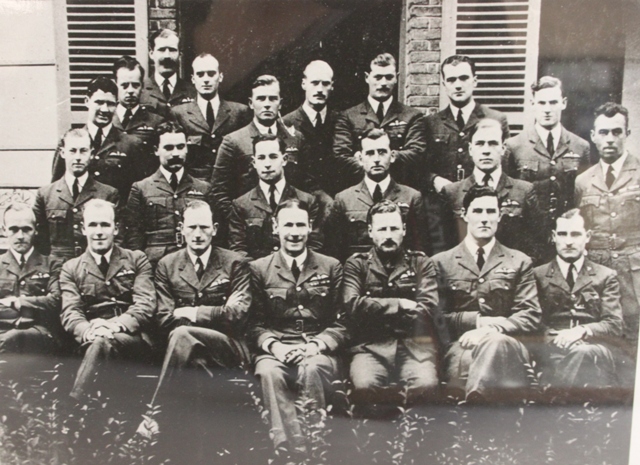57 Squadron - 1919-1939 - Light Bomber Force
Following the Armistice, 57 Squadron operated DH9 aircraft for mail-carrying and communications duties, before returning to the UK in August 1919 and being disbanded on 31 December 1919. On 20 October 1931, the Squadron reformed as a day-bomber squadron equipped with the Hawker Hart, and in May 1936 re-equipped with the Hawker Hind. The Squadron continued in the light bomber role with the Blenheim from March 1938 until the outbreak of World War II.
The Inter-War Years
Following the Armistice, 57 Squadron took on mail-carrying and communications duties across Western Europe using DH9 aircraft, before returning to the UK in August 1919 and being disbanded on 31 December 1919.
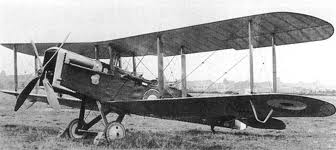
The de Havilland DH9
On 20 October 1931, 57 Squadron was re-formed at RAF Netheravon under the command of Squadron Leader Horace Bowen (pictured front row, centre). The Squadron’s strength was eighteen officer aircrew and one non-commissioned aircrew.
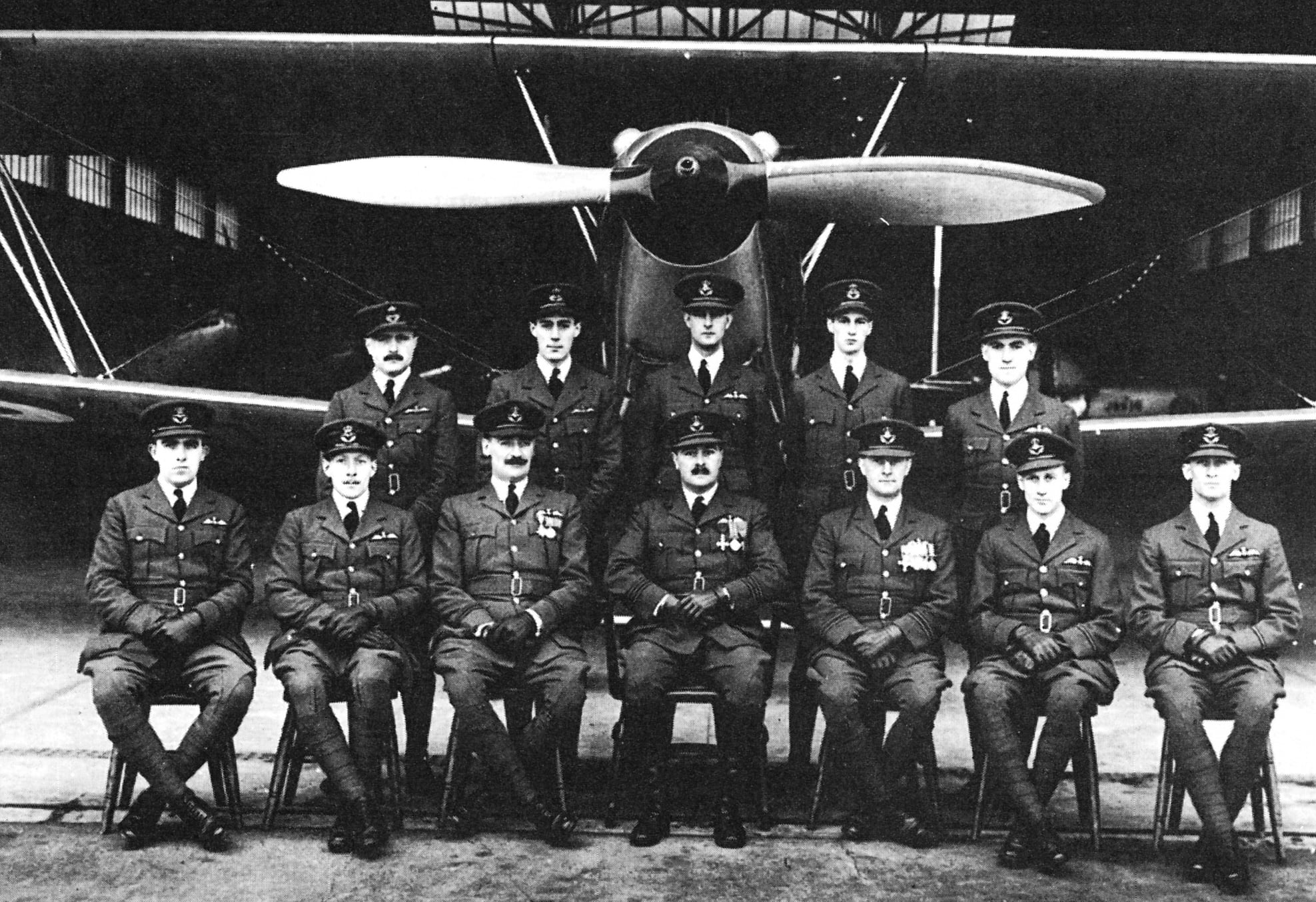
57 Squadron Reformation, RAF Netheravon, 20 October 1931
Equipped with the famous Hawker Hart, a two-seater biplane designed by Sidney Camm in the 1920s and built by Hawker Aircraft, the Squadron’s primary role was as a day-bomber squadron.
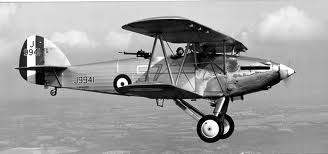
A 57 Squadron Hawker Hart
Powered by a single Rolls-Royce Kestrel 12-cyclinder engine, the Hart was capable of 184 mph and had a range of 470 miles. It was faster than most contemporary fighters, making it one of the most effective biplane bombers ever produced for the RAF.
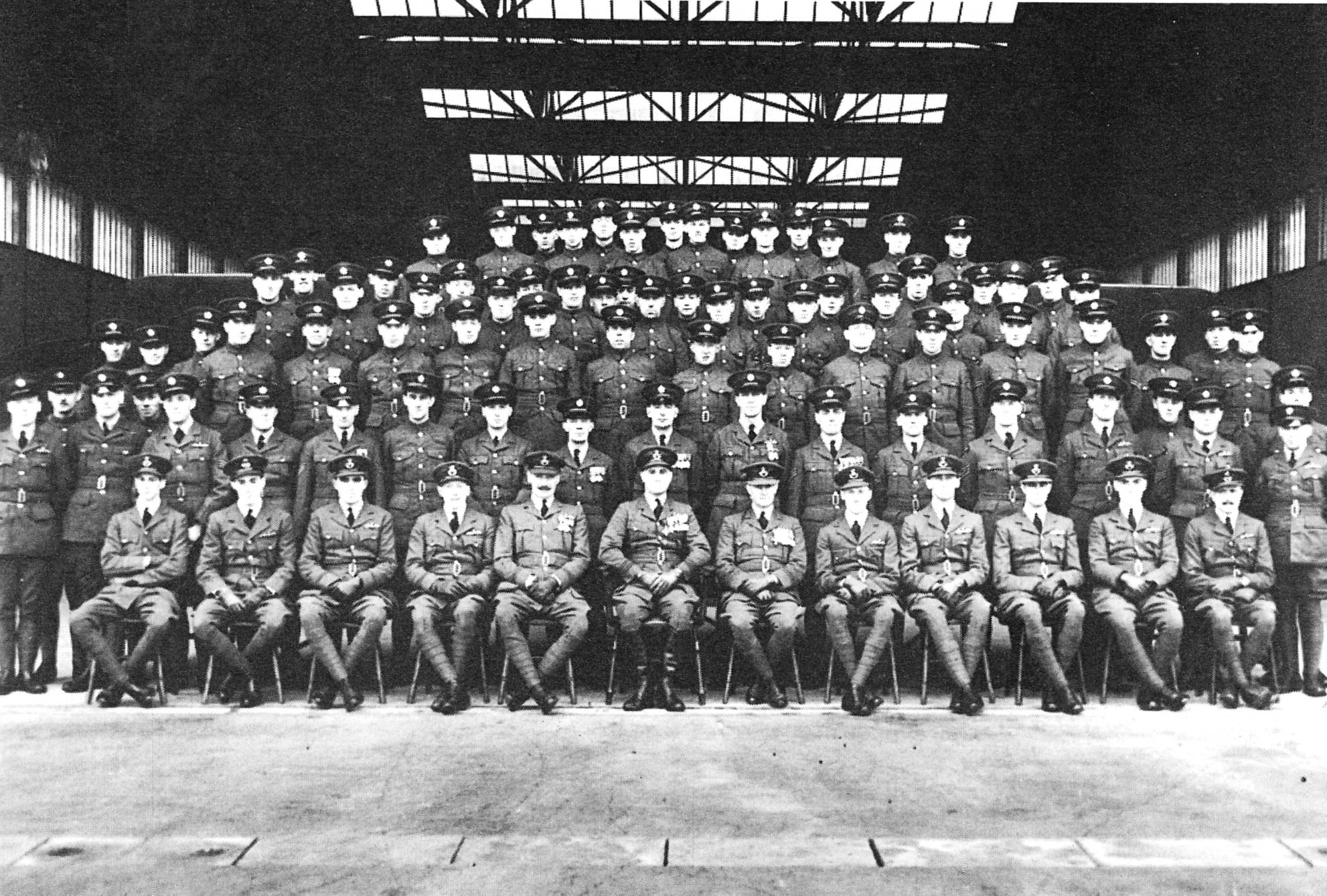
57 Squadron, RAF Upper Heyford, January 1933
The Squadron moved to RAF Upper Heyford in September 1932, and from July 1933 was commanded by Squadron Leader Francis Trott OBE MC (pictured front row centre). The Squadron continued to fly the Hart until May 1936 when it re-equipped with the Hawker Hind, under the command of Squadron leader Frederick Walker DSC AFC.

Hawker Hinds prepare to Taxi
The Squadron remained at RAF Upper Heyford, re-equipping with the Bristol Blenheim Mark I in March 1939.
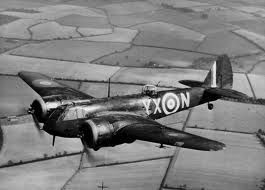
Bristol Blenheim Mark I
By the outbreak of the Second World War, the Squadron was based in France, conducting bombing and reconnaissance operations during the German invasion.
